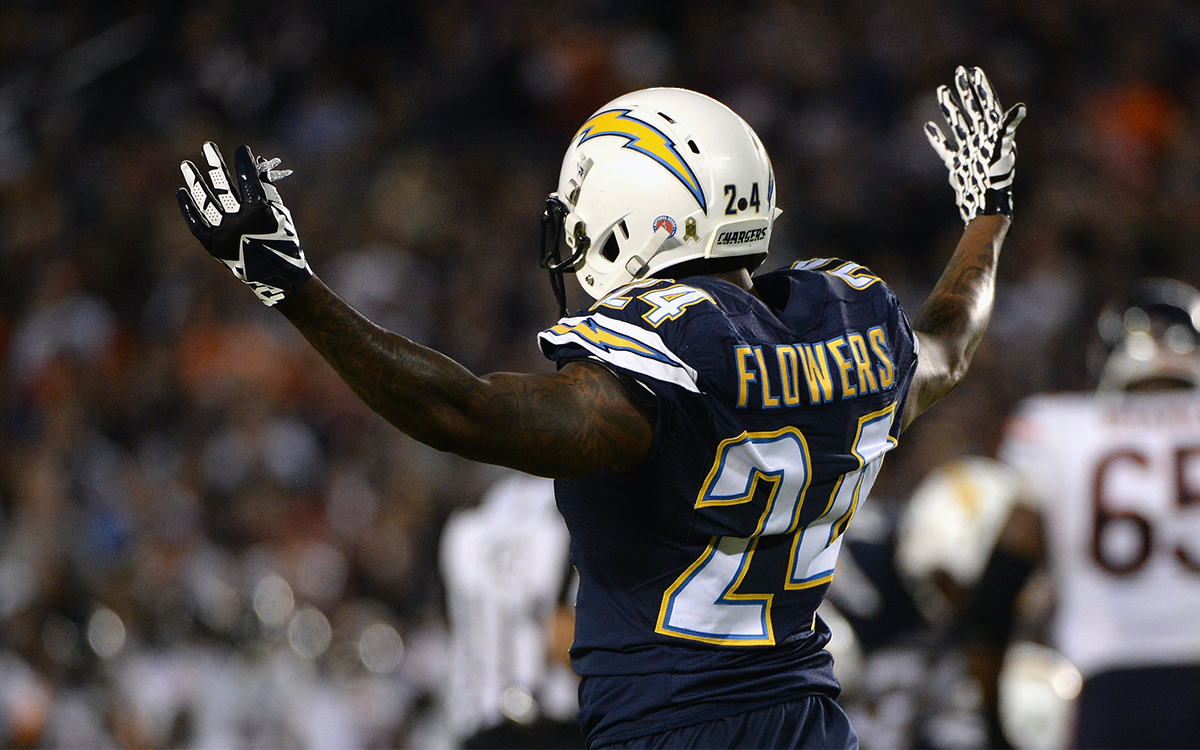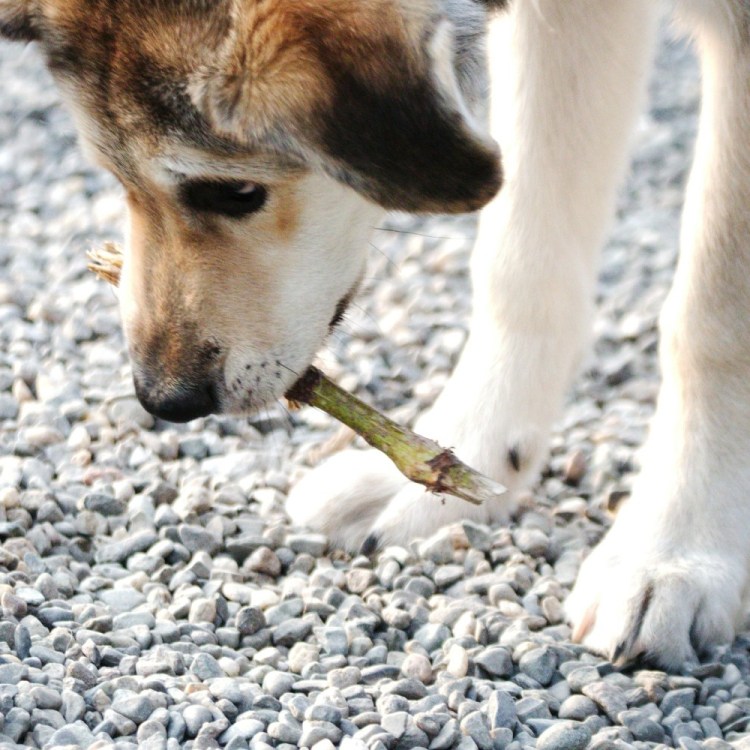The California Academy of Sciences in San Francisco is the state’s oldest museum, one of the largest natural museums in the world, and the only to contain an aquarium, a planetarium, and a rain forest exhibit. The rain forest is under a 90-feet glass dome, and it’s of the flooded Amazonian variety, with tree boas, blue morpho butterflies and poison-dart frogs. It’s a remarkable, sweaty, chattering place, the best replica you can find without heading down to see the real thing — and an important reminder of what’s being destroyed to make more cheeseburgers.
According to the World Wildlife Foundation, cattle ranching accounts for 80% of deforestation efforts in Amazon countries. Every three seconds, two football fields of rainforest are cleared to make way for livestock. Cutting down all those trees releases an astounding amount of carbon dioxide in the atmosphere: 340 million tons per year. The United States has imported less “international beef” over the last decade, as it’s prioritized domestic ranchers and expressed food-safety concerns with foreign meat. But it still brings in $263 million of Brazilian beef each year. And because the States sells locally, other countries buy straight from Brazil. China and Hong Kong, for instance, import nearly $3 billion of Brazilian beef in a single year.
The fires that raged in the Amazon earlier this year were directly related to this process. There have been a historic 60,000 fires in the Amazon since January, and NASA satellites confirmed that the timing and location of the fires has more to do with land clearing than regional drought. These photos, captured by the International Space Station, should give you an idea of how widespread the burning was:
Luca Parmitano is an Italian astronaut. His use of “human-caused” is intentional there, and unfortunately spot-on. Most ranchers in the Amazon deploy a brand of slash-and-burn agriculture whereby they clear huge tracts of land by setting fires. Controlled burns are standard practice for keeping forests fresh and healthy — if you’ve been to a National Park in this country, you’ve probably seen one administered — but in the extremely wet Amazon, which evolved for millions of years without fire, they destroy ecosystems and force trees to immediately release carbon dioxide.
It’s a tragic fate for an area that’s been called “the lungs of the Earth,” and yet another compelling reason to consider curbing your meat consumption, if not axing it entirely. The United States has killed nearly 45 billion animals for food this year. That includes 35 million cows. Every single pound of beef produced in this country requires 1,800 gallons of water: the equivalent of seven years of drinking water for the average person. These numbers are impossible to wrap your head around. And we exuberantly agree that Shake Shack on a Sunday is a godsend. But when considered in concert with personal health concerns of consuming meat, the “tastiness” argument gets flimsier by the day.
In a recent study out of Japan, researchers followed 71,000 Japanese men and women for an average of 18 years and focused specifically on how they consumed protein. They discovered that those who favored protein from plants over protein from red meat or processed meat exhibited a lower all-around mortality rate. Meanwhile, the top quintile of plant protein eaters were 28% less likely to suffer a cardiovascular-related death and 27% less likely to experience a stroke. It’s a fitting, depressing parallel; the production of red meat is killing the planet, and consuming it is killing us.
There’s another way, though. Society has long characterized vegetarians and vegans as high-maintenance sad sacks at a dinner party, or rail-thin celebrities beloved by Goop. It’s a life choice that is badly in need of rebranding. To that point, a number of high-profile athletes, who make a living using their bodies, are electing not to eat meat. The most famous football example is Tom Brady, but we’re more interested in a guy like former defensive lineman David Carter, also known as the 300 Pound Vegan.
Speaking to NFL.com in 2016, Carter said: “Football is a machismo sport, which is great, but everything can’t be machismo. On the field and at practice, yes, you can be machismo, but when it comes to diet, you need to have compassion for your body.” He shows compassion for his body by supplying it with 100% plant power; eggs and dairy aren’t allowed. Carter decided to make the switch after learning that animal fats cause inflammation in joints. He noticed that his injuries healed quicker, and performance on the field improved, after changing his protein-intake to legumes: beans, peas and peanuts.
Other NFL players, though not quite 300 pounds, have taken up the cause and observed improvements in their overall health. Cornerback Brandon Flowers and wide receiver Griff Whalen each credit the diet with readying their bodies for the inhuman grinds of a season of professional football. Cam Newton, meanwhile, who is 6’5″ and weighs 245 lbs, was pescatarian for several years and officially went vegan in March of this year. The Panthers might not be great at football, but their quarterback is clearly getting his protein.
Sportsmen and women in a number of sports sing similar songs about the virtues of a meatless or meat-restricted diet. In 2011, Venus Williams was diagnosed with Sjogren’s syndrome, an autoimmune disease that causes fatigue in the joints (pretty much the last thing you need before a tennis match) and switched to a raw vegan diet. Think lots of grains, pasta, wheat grass shots, smoothies. Eight years later, she’s still humming along.
These “fountain of youth” stories are common to just about every sport. Olympic sprinter Carl Lewis says he ran his best race in 1991, after cutting out meat. Arsenal footballer Hector Bellerin credits the diet with “helping [him] reach his full potential.” One of the best standup paddle racers in the world, Shae Foudy, hasn’t had a bite of meat since 2014. And Hannah Teter won a silver medal at the Olympics for snowboarding in 2010. She said: “My plant-based diet has opened up more doors to being an athlete.”
Of course, many professional athletes have nutritionists who help them stay faithful to the diet and chefs who help them enjoy it, lest they grow mind-numbingly bored of plants by week two. That said, athletes have one thing to worry about that the vast majority of the public does not: caloric intake. When your job is burning calories, you better be replenishing them. The rest of us do not have that issue. Meaning if you’re willing to cut back on your meat intake, perhaps by trying a lightweight vegetarian diet like lacto-ovo vegetarianism (eggs and dairy products allowed), it’s not only sufficient for fueling you on protein — with a little creativity, it should fill you up, too.
If that’s too much off the bat, try pescatarianism. It’s certainly easier to get iron and B12 when you’re still easting fish. Just be wary of excess mercury. Shrimp and salmon are your best friends there. If even a fish-diet is too much, prioritize lean white meats, a preferred method of most athletes. Novak Djokovic, for example, eats white meat alongside fish, vegetables, beans, fruits, nuts, seeds, chickpeas, and lentils. Think about it this way: if the globe’s best athletes can serve, paddle, tackle and board their way to championships without meat, do you necessarily need it to get through the afternoon? And if we can cut back on fires seen from outer space in the process, all the better.
The Charge will help you move better, think clearer and stay in the game longer. Subscribe to our wellness newsletter today.




















